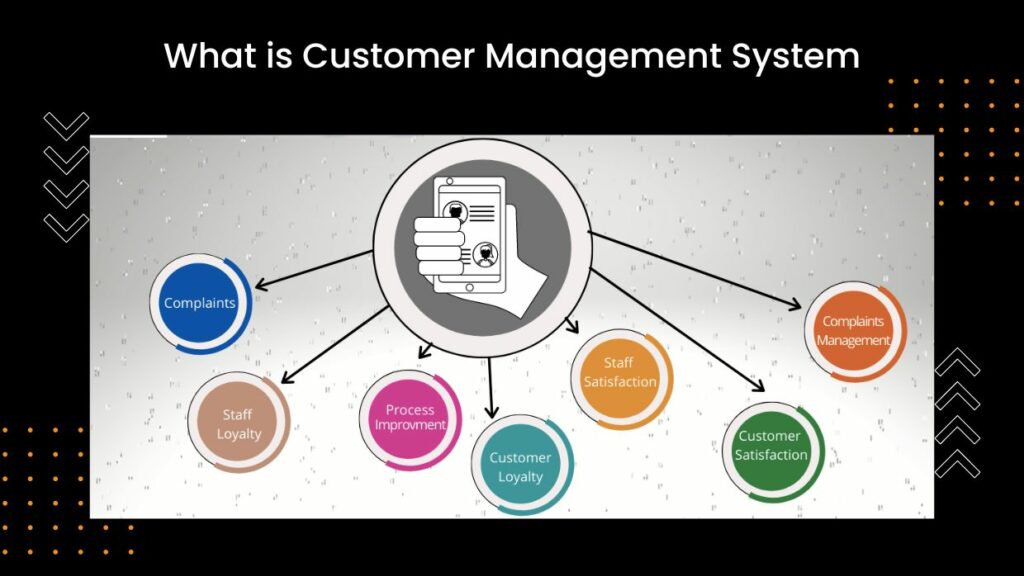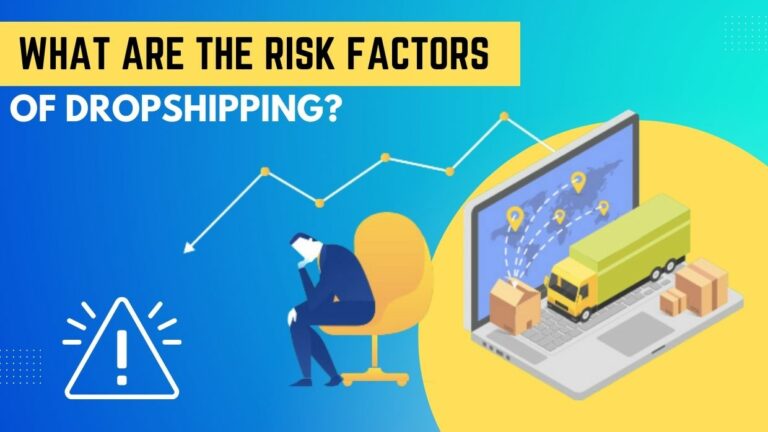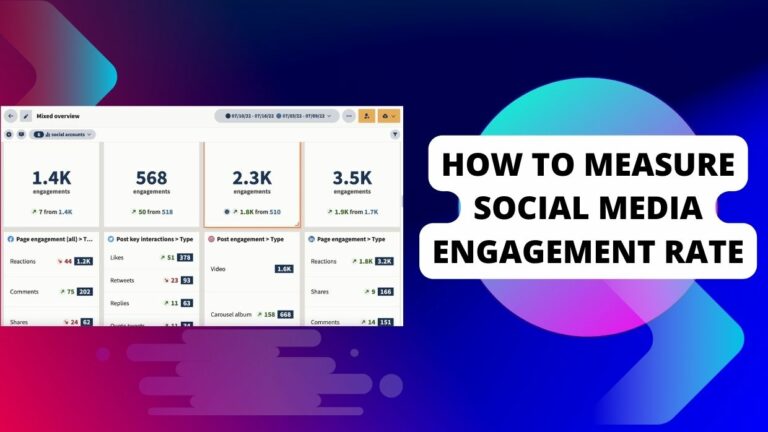What is Customer Management System
Attention all business owners and managers! Are you tired of juggling multiple spreadsheets, emails, and notes to keep track of your customer interactions? Say hello to the ultimate solution – A Customer Management System (CMS). Whether you’re a small startup or a big corporation, CMS can help streamline your customer management process, boost sales, and improve customer satisfaction. In this blog post, we’ll delve into what exactly is a Customer Management System and why it’s crucial for any business looking to succeed in today’s competitive marketplace. So sit back and get ready to revolutionize the way you manage your customers!
What is Customer Management System

A customer management system (CMS) is a software application that helps businesses manage their customer data. A CMS typically includes a CRM (customer relationship management) module, which enables businesses to track and manage their customer interaction history, as well as a marketing module, which helps businesses develop and execute marketing campaigns.
There are many different types of customer management systems on the market, ranging from simple contact managers to complex enterprise-level solutions. The type of CMS that a business needs will depend on the size and complexity of the business, as well as its specific customer management needs.
What are the Benefits of Using a Customer Management System?
A customer management system (CMS) is a software application that helps businesses manage their customer relationships. It enables businesses to track and segment customers, as well as cultivate and nurture relationships with them. A CMS can also help businesses better understand their customers’ needs and wants, and offer personalized service and support. In addition, a CMS can allow businesses to automate and streamline their marketing, sales, and customer service processes. There are many benefits of using a CMS,
Including:
- Improved Customer Segmentation: A CMS enables businesses to segment their customers more effectively so they can offer them personalized service and support.
- Enhanced Customer Insights: A CMS provides businesses with valuable insights into their customers’ behavior, needs, and wants. This allows businesses to tailor their offerings to better meet the needs of their target market.
- Increased Efficiency: A CMS automates and streamlines key business processes such as marketing, sales, and customer service. This helps businesses save time and resources, which can be used to grow the business or improve other areas of operations.
- Reduced Costs: By automating key processes and improving efficiency, a CMS can help businesses reduce their operating costs.
- Improved Customer Retention: A CMS helps businesses cultivate strong relationships with their customers through targeted communications and personalized service. This can lead to increased customer loyalty and repeat business.
How Does a Customer Management System Work?
A customer management system (CMS) is a piece of software that helps businesses keep track of their customers and manage their interactions. A CMS typically includes features such as contact management, task management, document management, and reporting.
Most CMSs are web-based, which means they can be accessed from any internet-connected device. This makes them convenient for businesses with employees who work remotely or who travel frequently. Additionally, web-based CMSs usually offer more flexibility in terms of customization and integrations than their desktop counterparts.
Contact management is one of the most important functions of a CMS. It allows businesses to store the customer contact information in one central location. This information can include names, addresses, phone numbers, email addresses, and social media profiles. Having all of this information in one place makes it easy for businesses to keep track of their customers and communicate with them quickly and efficiently.
Task management is another key function of a CMS. It allows businesses to assign tasks to specific employees and track the progress of those tasks. This is helpful for ensuring that customer inquiries are being handled in a timely manner and that follow-up tasks are being completed properly.
Document management is another common feature of customer management systems. It allows businesses to upload and store documents related to their customers in one central location. This can include contracts, invoices, quotes, order forms, etc.
Reporting is another useful feature of many CMSs.
What Features Should You Look for in a Customer Management System?
A customer management system (CMS) is a software application that enables businesses to manage their customer data. A CMS typically includes features such as customer relationship management (CRM), order management, billing and invoicing, and customer support.
When choosing a CMS for your business, it is important to consider the needs of your organization and the features that will best meet those needs. Some of the key features to look for in a CMS include:
CRM: A good CMS should provide tools for managing customer relationships, such as contact lists, Lead tracking, and opportunity management.
Order Management: If you sell products or services online, your CMS should include an order management system to track customers’ orders and process payments.
Billing and Invoicing: A billing and invoicing system allows you to manage your customers’ account balances and create invoices.
Customer Support: A good CMS should include features for managing customer support tickets, such as a knowledge base, FAQs, and live chat.
Reporting: A reporting system allows you to generate reports on your customers’ activity, such as sales data, support requests, and product usage.
Choosing a CMS with the right features is essential for managing your customer data effectively. Be sure to consider the needs of your organization when selecting a CMS for your business.
Read more… How Does KDP Print-On-Demand Work? A Guide To Getting Started With KDP
Advantages and Disadvantages of Using a Customer Management System
There are both advantages and disadvantages to using a customer management system. The advantages include having all of your customer information in one place, being able to track customer interactions, and being able to automate some customer management tasks.
The disadvantages include the potential for data breaches, the cost of implementing and maintaining the system, and the learning curve associated with using the system.
One of the biggest advantages of using a customer management system is that it gives you a central place to store all of your customer information. This can be incredibly useful for keeping track of important details like contact information, purchase history, and interaction history. Having this information readily available can help you provide better customer service and make more informed marketing decisions.
Another advantage of using a customer management system is that it allows you to track customer interactions. This means that you can see which customers are interacting with your brand, what they’re saying, and how they’re feeling.
This information can be invaluable for understanding what customers want and need from your business. Additionally, it can help you identify potential issues before they become serious problems.
Finally, many customer management systems come with a variety of automation features that can save you time and effort. For example, you may be able to set up automated welcome emails or create automatic follow-ups for customers who haven’t interacted recently.
Automation can take some of the grunt work out of managing your customers, freeing up your time to focus on other aspects of running your business.
On the other hand, there are some potential disadvantages to using a customer management system. Data security is an important concern when dealing with customer information, and any data stored in a customer management system could be vulnerable to breaches or hacking.
Additionally, these systems can be expensive to implement and require ongoing maintenance, which can add up quickly. Finally, these systems can have a steep learning curve, so you may need to dedicate resources to training staff on how to use the system effectively.
Examples of Customer Management Systems for Print-on-Demand Businesses
A customer management system (CMS) is a software application that helps businesses manage customer data. A CMS typically includes a database for storing customer information and tools for managing customer interactions.
Many print-on-demand businesses use a CMS to manage their customers’ orders and printing processes. Some popular examples of customer management systems used by print-on-demand businesses include Printful, Gooten, and Inkthreadable.
Printful is an all-in-one e-commerce platform that offers print-on-demand products and services. Their CMS includes features such as order management, product design, and automatic printing and shipping.
Gooten is another all-in-one e-commerce platform that provides print-on-demand products and services. They offer an easy-to-use order management system as well as numerous automation features to streamline the printing process.
Inkthreadable is a UK-based company that specializes in the on-demand printing of apparel and other textile products. They offer an online design tool as well as an automated fulfillment process that makes it easy to manage large orders.
Read more… How to Diversify product offerings
Conclusion
Customer management systems are immensely helpful to businesses of all sizes and industries. They can help streamline customer support processes, track customer interactions, increase customer loyalty and satisfaction, reduce costs associated with managing customers manually, and give you useful insights into the behaviors of your customers. Investing in a good CMS is an essential part of running any business that deals directly with its customers.







